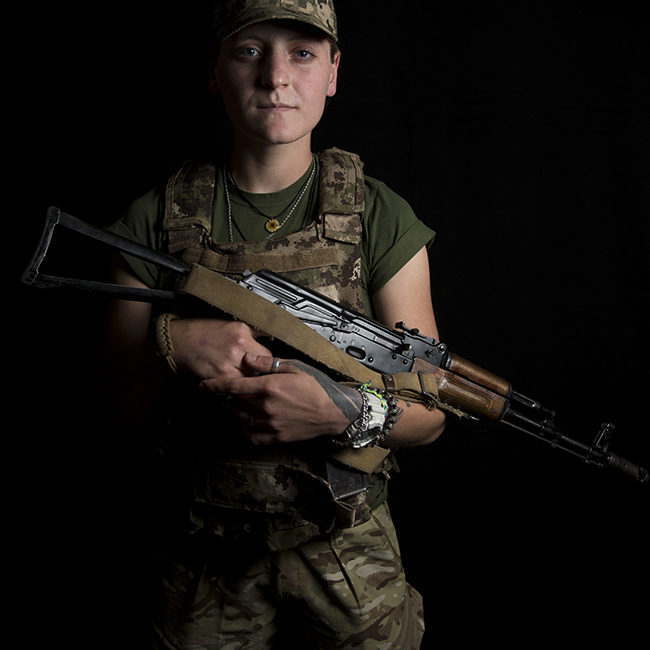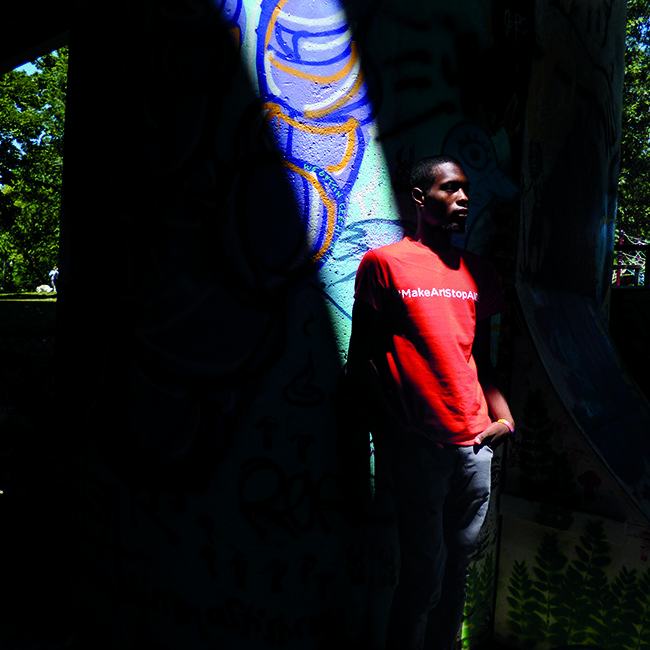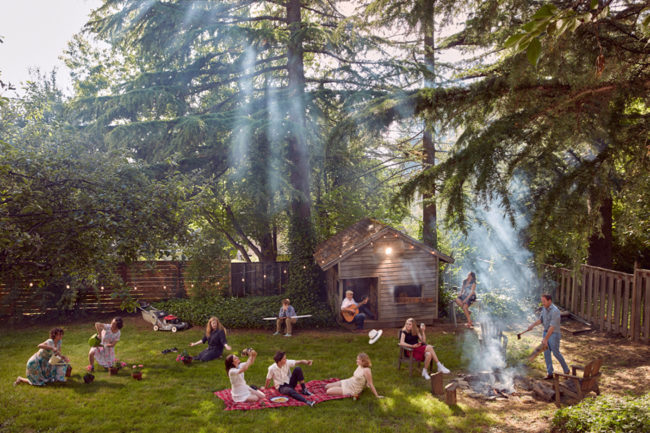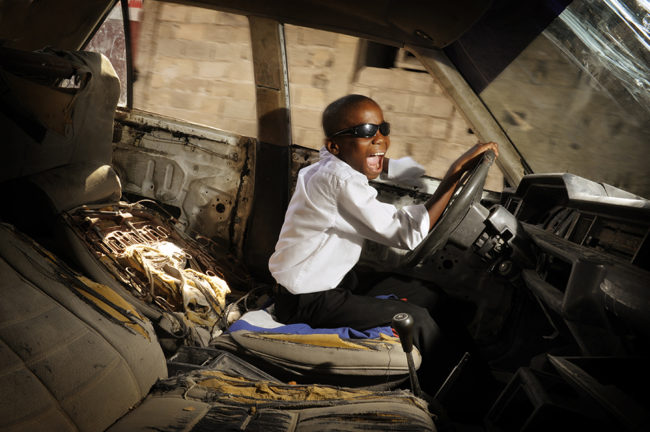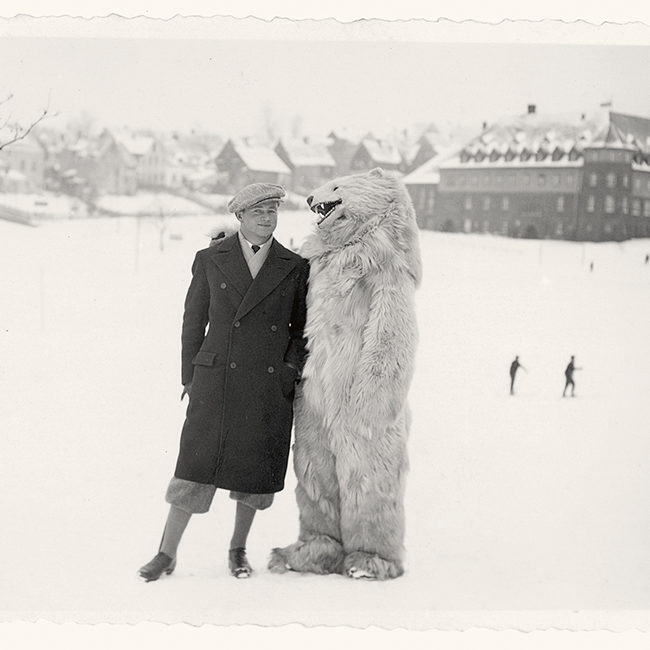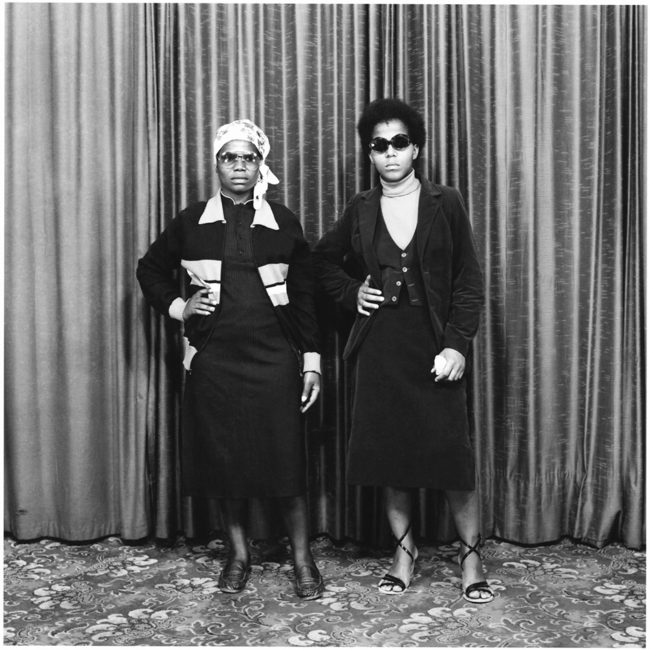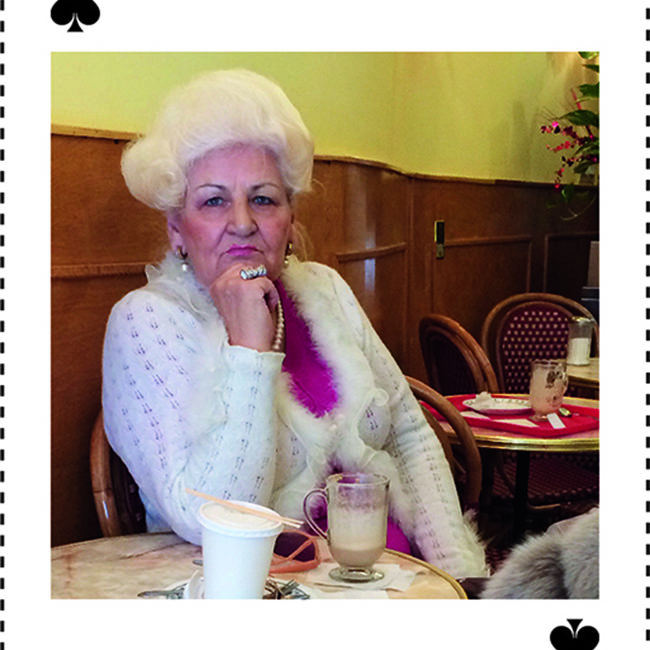There are no children in Dona Schwartz’s two-part book On the Nest, out in November from Kehrer Verlag in the U.S. Instead, Schwartz’s photos and accompanying interviews make a sort of parenthesis around parenthood—one set shows nervous and excited parents-to-be in the spaces they’ve prepared for babies; the other depicts parents whose kids have moved out, standing a little bewildered in the rooms recently occupied by their children. Trained in visual ethnography, Schwartz’s photos gather the specifics of American material culture, showing the details that might appeal to an anthropologist—stuffed animals, boxes of diapers, baby name books in one set; the detritus of teenage life in the other—an electric guitar, a book on HTML, sports equipment, more stuffed animals. As William Ewing writes in the book’s essay, her “Expecting” pictures catalog all the “fussy preparations…, the tender feathering of the nests, the wonderfully naïve thinking that all will go according to plan—those ‘how-to’ manuals, the single box of pampers or tiny bottle of baby oil, … all so, so inadequate, as these poor beings are about to learn.” The rooms of the “Empty Nesters,” in contrast, “may be briefly occupied again on weekends or breaks, but they will never be the same intense hives, buzzing with projects, half-baked, and finished.”
The project originated when Schwartz herself was in the busy middle of parenthood, idealizing the quiet that awaited when her children moved out while reflecting on what she had imagined of the role before it began. “The din and drama emanating from the teenagers in our frenetic household, punctuated by the cacophony of barking dogs, made me yearn for a future in which I would be an empty nester and peace would descend on my realm,” she writes. “Envisioning my idealized serene future had the unanticipated consequence of arousing recollections of my entry into parenthood when I was expecting my first child. I was charmed by memories of the innocence and anticipation I had felt in that moment.” Seen together, the two sets of pictures suggest the speed with which time passes while raising children. Writes Ewing, “One moment baby is about to arrive, the next, swoosh, the baby has come and gone! And we readers must have blinked—we didn’t even see it! Those once dreamy, placid, hopeful young men and women are left dazed, bewildered, bereft. What happened, they seem to be asking us?”
